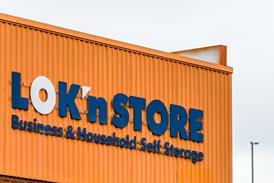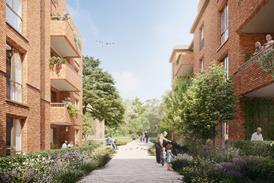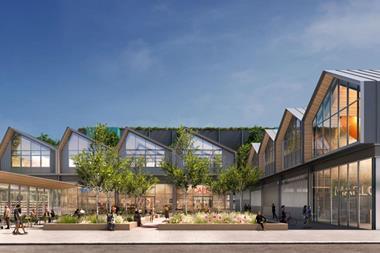The majority of people believe the green belt surrounding London should be preserved at all costs. Fingers are crossed that a now-distracted mayor will tomorrow discover the miracle-grow housing formula that has eluded London for generations.
I assume this, because amid much sanctimonious squabbling the broad consensus has reigned that we must not touch the green belt. Granted, we do have public sites on which to build - just ask Transport for London or Network Rail. We could no doubt squeeze more Londoners onto less land too. We could even make London’s skyline look a little more like Hong Kong’s high rises, and sell most flats to overseas investors.
This is all just tinkering, though. What we need is not a vague gesture towards 2050, when London’s population is expected to have grown by 37% to reach 11.3 million. We need a radical solution about what we’re going to do now.
New oxygen could come in the form of a loud debate about the current relevance of the Town & Country Planning Act 1947, to prevent urban sprawl. Areas of no man’s land were earmarked decades ago during relatively slow London population growth, with the aim being to maintain the status quo. But the green belt is not an endless swathe of green paradise. It is mostly privately owned, and often piecemeal.
Here’s a thought. Ask an independent panel of experts - a visionary master planner such as Richard Rogers, a cautious environmentalist, a top-draw engineer, a progressive sociologist, a respected philosopher and, dare we offer it, a developer who cares about the long term - to draw up a fresh vision for our green belt, 20% smaller but 100 times more relevant to today’s problems.
Use compulsory purchase powers to buy the land now, with its value determined by green belt restrictions that currently apply. Then give planning consent, and enjoy a huge upside for the taxpayer when these sites are finally developed into new communities. As the government admits, this is national infrastructure, so should it be treated differently to High Speed 2?
The land value betterment could be recycled to deliver social housing at zero cost or loss to anyone. We could house all the workers necessary to drive London’s economy, in quality homes they can afford. Green belt development doesn’t have to be the antithesis of green belt protection. Do we not have the sophistication in 2014 to use many the products of development to conserve and enhance its greatest and greenest qualities?
Forget nimbys. Instead, politicians should put such a pledge at the heart of their election manifesto to take politics out of planning. Everyone has a right to shelter, not just those whose homes have already had the luxury of being built on what was originally a field. We should allow the green belt to thrive in decades to come by replacing a threadbare corset with something more relevant, and drive a housing policy that creates beautiful and sustainable communities where people want to live.
Richard Upton is chief executive of Cathedral Group






























No comments yet